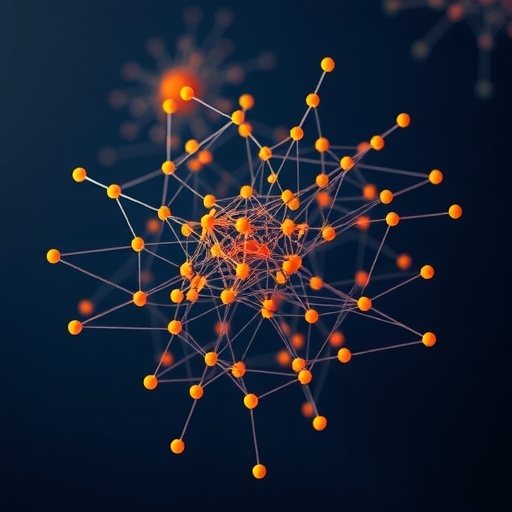What we see is not only determined by what is really there, but also depends on whether we are paying attention, whether we are moving, excited or interested. In a new study published in Nature Communications, scientists from NERF (Neuro-Electronics Research Flanders) uncover that the processing of visual information in the brain is indeed modulated by our own behavior.
We have all seen video's on social media where, focusing on one aspect (e.g. counting passes), we discover we are blind for obvious changes in the scenery (such as a panda or gorilla running past). This 'inattentional blindness' demonstrates how our perception is markedly affected by our state of mind. From attention to reward, arousal or even movement, our behavioral neuronal circuits seem to control how we process sensory information in the brain. The question is: how?
A team of researchers led by Prof. Vincent Bonin (NERF, empowered by imec, KU Leuven and VIB) set out to explore just that. "Animals navigate the world by processing visual contrasts, and the brain needs this information to guide the body's movements and its trajectory in space," explains Bonin. "We know that in mammals, sensitivity to visual stimuli is altered during movement, but we don't know if this affects detection of simple features like visual contrast and motion."
A special probe for detailed measurements
To address these questions, the researchers at NERF used micrometer-sized silicon devices, called Neuropixels, developed and produced in the clean rooms at imec. These new probes allow to record the electrical activity of hundreds of neurons simultaneously instead of the handful that is customary in most neuroscience laboratories.
"The visual system is composed of different cell types that encode distinct aspects of the visual scene," explains C?ag?atay Ayd?n, a PhD student involved in the study. "We looked at two visual areas: the visual cortex, which we already know shows rich motor modulations, and the visual thalamus, which relays inputs from the eye to the cortex."
The researchers investigated how neuronal responses in both brain areas change during movement, in the presence of different stimuli, e.g. fast or slow moving, with varying degrees of detail.
"We found that neurons in the thalamus are just as strongly affected by movement as those in the cortex, suggesting that locomotor modulations are much more widespread than previously appreciated," says Joao Couto, co-author of the study.
Different responses
Interestingly, the researchers also found that some neurons were more strongly affected by movement than others. "Thanks to the Neuropixels probe, we could measure the activity from lots of neurons all at once, and we could group them according to the specific features of the visual scene they encode. We found for example that more deeply located neurons showed a selective increase in response to rapidly varying stimuli when the animal was moving," says Bonin.
"A consequence of these visual cell-type specific changes is that the overall sensitivity to fast-moving stimuli is enhanced. This may improve the processing of the fast-changing visual scene during exploration and navigation," says Bonin.
"The next step is now of course to gain a mechanistic understanding of this highly specific modulation at the level of receptors and connectivity between the neurons."
###
Publication
Locomotion modulates specific functional cell types in the mouse visual thalamus, Ayd?n, Couto et al., Nature Communications 2018
Questions from patients
A breakthrough in research is not the same as a breakthrough in medicine. The realizations of VIB researchers can form the basis of new therapies, but the development path still takes years. This can raise a lot of questions. That is why we ask you to please refer questions in your report or article to the email address that VIB makes available for this purpose: [email protected]. Everyone can submit questions concerning this and other medically-oriented research directly to VIB via this address.
Media Contact
Sooike Stoops
[email protected]
32-924-46611
@VIBLifeSciences
http://www.vib.be
http://dx.doi.org/10.1038/s41467-018-06780-3




